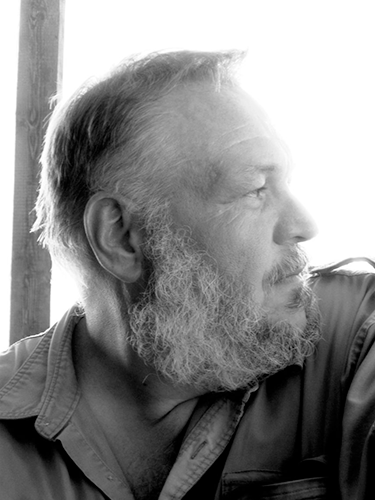Article begins
Like most professional societies, the activities of the American Anthropological Association are built on the pillars of membership, Annual Meetings, and publications. But there are reasons to think the character of each will transform over the coming decades; the perceived value of membership in organizations like AAA continues to change, Annual Meetings face growing challenges in an age of instantaneous digital communication and concerns regarding carbon footprints, and the landscape of scholarly publishing is shifting with dizzying speed. We need to be ready for those changes.
AAA’s Executive Board holds two face-to face meetings each year; one a two-day affair at the AAA Annual Meeting (one at the beginning, to provide information and feedback to committees, sections, editors, and the membership, and one at the end, so we can receive feedback and information from them), and the other a spring meeting at AAA executive office in Arlington. The Board also meets through formally scheduled electronic videoconferences or teleconferences, as well as taking up specific issues on an ongoing basis through email.
But we’re a biggish organization—offering meetings every year in a different city with more than a thousand sessions is no mean feat, nor is publishing more than 20 peer-reviewed journals, supporting the activities of 40 different professional societies, offering services to hundreds of academic departments around the country, or addressing the evolving needs and concerns of more than 9,000 colleagues across all subfields and in all contexts of practice. We have an exceptional professional staff that handle all the manifold details, but the policy and governance issues for such a large and active association remain complex, and for each meeting we plow through more than 300 pages of action and information items.
We all agree that we need to find new ways to support AAA’s efforts—to better serve its members and their diverse interests and needs.
We’ve gotten pretty good at managing all those moving parts, but it takes considerable effort and focus, and that doesn’t always leave enough time to step back and reflect deliberately on where we are, where we want to be, and how we can get from here to there. And in times of change and uncertainty few things are more important than prior planning and thoughtful preparation.
So, in March I gathered the Executive Board for a retreat to talk about the future; as far as I can tell it’s the first time we’ve undertaken such an exercise, and the results were enlightening. We didn’t solve the problems of all scholarly and professional societies, resolve the challenges of open access publishing, or sort out how to replicate the myriad benefits of convening thousands of colleagues in one place without any of them physically moving from one place to another.
But we did accomplish three things: First, we imagined where we want anthropology as a field to be in 10 years from now—what the discipline as a whole would look like, the role it would play, and how it will be perceived by students, decision-makers, and the public. Second, we considered AAA’s role in and responsibility for moving us toward those goals, and how we might reimagine our Association to better advance those visions and their accompanying values. And then we got down to the more immediate issue—talking in very practical terms about the tools and tangible actions we’ll need to make those things happen.
We all know that if you put three anthropologists together you get four opinions, and we certainly didn’t agree on every detail. But there was consensus on one point. We all agree that we need to find new ways to support AAA’s efforts—to better serve its members and their diverse interests and needs, to make AAA a more inclusive and welcoming organization, more responsive to member needs and more relevant in their daily lives, and to better champion the work of anthropologists everywhere. But to do so we’re going to need additional resources, and to find them without increasing costs to members. We’re already in the midst of planned changes to reduce AAA costs for our most vulnerable members, and that remains a core commitment. Instead, we need to develop new sources of revenue, especially contributed revenue, giving us greater flexibility to continue to meet member needs while adapting to changes affecting our traditional funding model.
There are no short-term solutions or easy fixes. Launching a successful development campaign will require careful investment and a long-term commitment to building AAA’s capacity. But doing so will make us stronger, more robust and resilient, and allow us to see changes as opportunities to be explored and put to good use.


